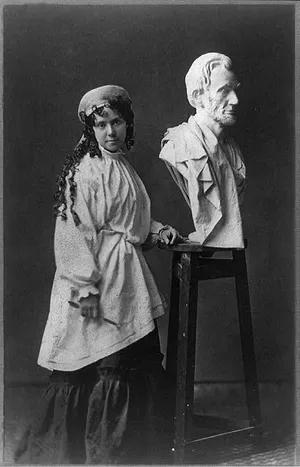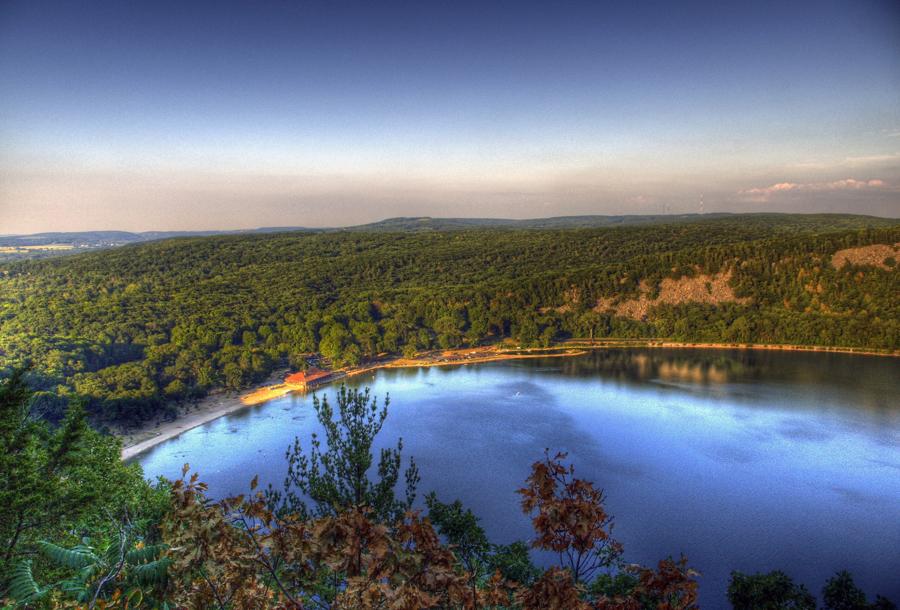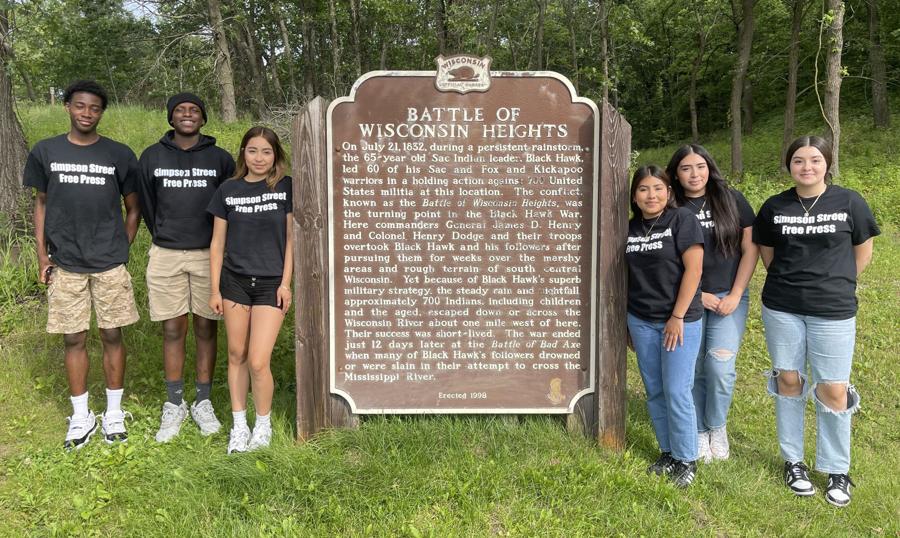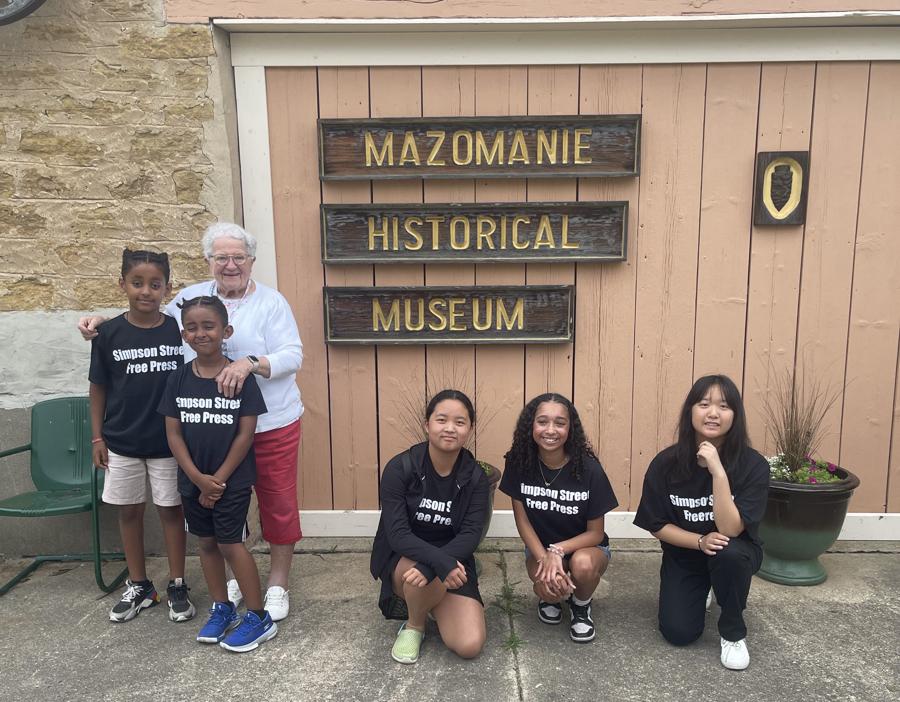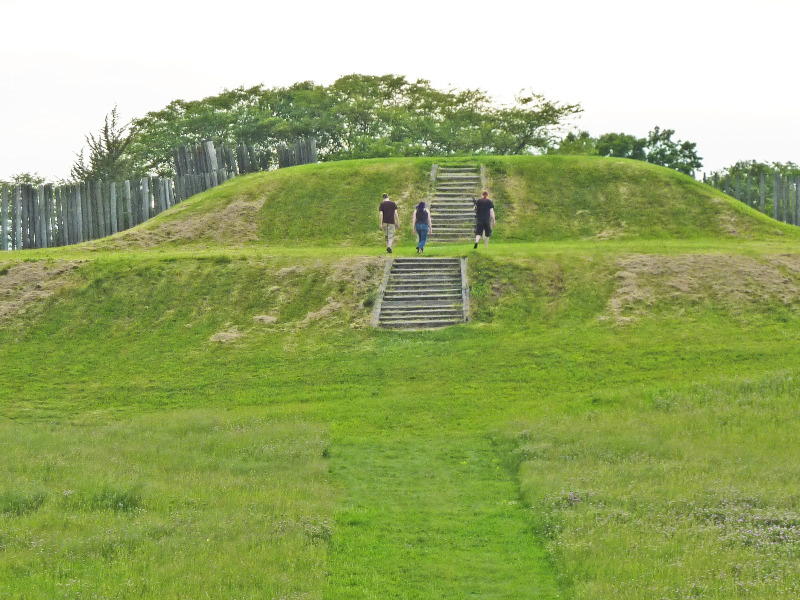The Civilian Conservation Corps Transformed Wisconsin’s Landscape

by Daniel Li, age 17
In 1933 during the Great Depression, President Roosevelt launched the Civilian Conservation Corps (CCC) as part of his transformative New Deal program. This initiative provided much-needed jobs for young men while addressing critical needs across the United States. Over its nine-year lifespan, the CCC impacted both the natural landscape and the lives of millions of Americans, including those at Camp 657 in Wisconsin.
The CCC’s primary mission was to employ men to engage in conservation projects, reforestation, and construction of parks and public infrastructure. Camps were structured in a military format, with officers overseeing daily life. While this environment was consistent across the nation, regional characteristics shaped each camp’s culture, such as segregated camps in the South. By 1942, when the CCC was disbanded, over three million men had participated, and more than 4,000 camps had been established nationwide. The CCC’s legacy in Wisconsin includes Chequamegon-Nicolet National Forest, Devil’s Lake State Park, and Wyalusing State Park.
Camp 657, initially established in Fort Sheridan, Illinois, relocated to northern Wisconsin in 1933, eventually settling near Otter Lake in Elcho. Over its first four years, Camp 657 enrollees completed multiple tasks: constructing 83 miles of truck trails, 12 miles of fire breaks, 23 vehicular bridges, 235 miles of telephone lines, and multiple fire lookout towers and cabins. They also planted 1,379 acres of trees, stocked streams and ponds with fish, and improved forestlands and wildlife conditions. [Read More]

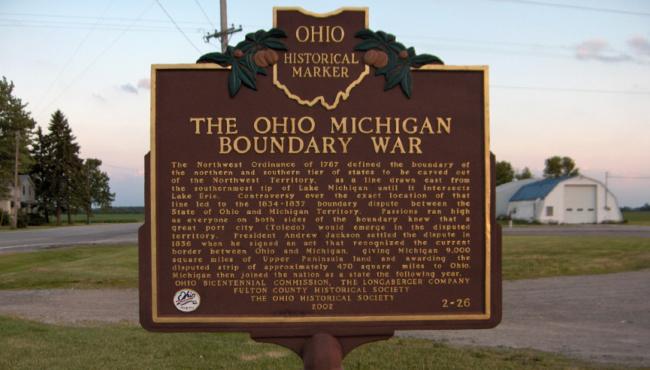





















.jpg)
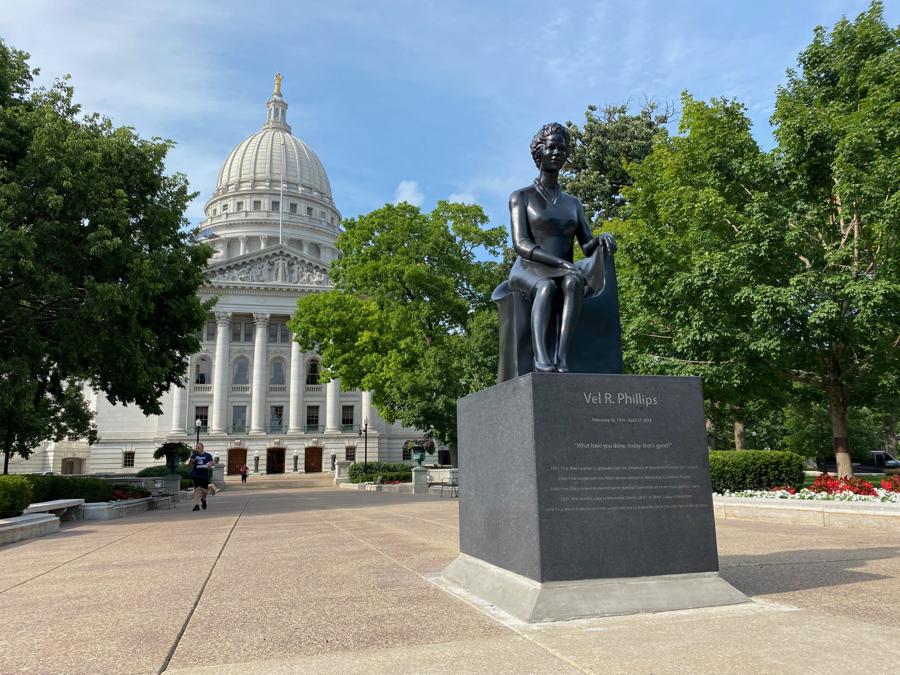












.jpg)



